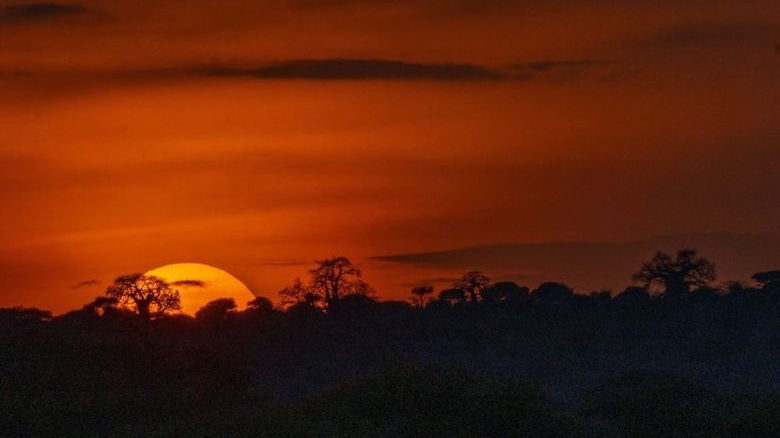
BREAKING Police to announce arrests in $20-million Toronto Pearson airport gold heist
Police say that arrests have been made in connection with a $20 million gold heist at Toronto Pearson International Airport one year ago.
A new study suggests climate change could increase the likelihood and duration of armed conflicts throughout African regions.
Conducted by INGENIO Institute, a team of researchers with international universities, the study assessed data from 1990 to 2016, identifying a potential correlation between extreme weather events and violence in African communities, factoring in socio-economic characteristics and statistical weather patterns.
Its findings, which were published in the most recent issue of the journal Economia Politica, states that rises in temperature and prolonged precipitation – both environmental phenomena linked to climate change – increases the probability of conflict by four to five times in populations up to a radius of 550 km.
"The results we have obtained have far-reaching implications for territorial policies on the African continent,” Davide Consoli, one of the researchers at the INGENIO Institute, said in a news release.
“For example, changes in climatic conditions influence the likelihood of conflict over large areas, which means that the design of climate adaptation policies must consider the particularities of each territory.”
As increases in droughts and storm events have led to rampant food shortages throughout the continent, Consoli and fellow INGENIO researchers called for peacekeeping measures to be implemented in areas most susceptible to armed conflict.
"These measures are essential in the design and implementation of adaptive strategies for climate resilience,” he said in the news release.

Police say that arrests have been made in connection with a $20 million gold heist at Toronto Pearson International Airport one year ago.
A group of doctors say Canadian cancer screening guidelines set by a national task force are out-of-date and putting people at risk because their cancers aren't detected early enough.
Lululemon says it is combining function and fashion in its first-ever summer kit for Canada's Olympians and Paralympians.
The strain placed on Canadian health care during the COVID-19 pandemic shows no sign of abating, and the top official of the Canadian Medical Association (CMA) is warning that improving the system will be a 'slow process' requiring sustained investment.
An Ontario woman says she never expected to be gifted a Blue Jays jersey for her ailing husband when she sat alone at the team’s home opener next to a couple of kind strangers.
After its last closure in 2021, it has now reopened for guided tours of the air raid shelter and the bunker. The complex now includes a multimedia exhibition about Rome during World War II, air raid systems for civilians, and the series of 51 Allied bombings that pummeled the city between July 1943 and May 1944.
Canadians will learn Tuesday the entirety of the federal Liberal government's new spending plans, and how they intend to pay for them, when Deputy Prime Minister and Finance Minister Chrystia Freeland tables the 2024 federal budget.
The family of a Victoria, B.C., woman who was seriously injured in an accident in Thailand is pleading for help as medical bills pile up.
An immersive experience inside a massive dome coined 'The Brain' is helping youth learn about brain function and addiction

Just steps from Parliament Hill is a barber shop that for the last 100 years has catered to everyone from prime ministers to tourists.
A high score on a Foo Fighters pinball machine has Edmonton player Dave Formenti on a high.
A compound used to treat sour gas that's been linked to fertility issues in cattle has been found throughout groundwater in the Prairies, according to a new study.
While many people choose to keep their medical appointments private, four longtime friends decided to undergo vasectomies as a group in B.C.'s Lower Mainland.
A popular highway in Alberta's Banff National Park now has a 'no stopping zone' to help protect two bears.
B.C. resident Robert Conrad spent thousands of hours on Crown land developing an unusual bond with deer.
A Sudbury woman said her husband was bringing the recycling out to the curb Wednesday night when he had to make a 'mad dash' inside after seeing a bear.
A school teacher who took part in the Quebec version of the Survivor reality TV show took time off work to be a contestant is now out of a job.
A young actor from Prince Edward Island is getting the chance to fulfill a childhood dream, playing the precocious and iconic Anne Shirley on stage.
 The sun sets on Tanzania's Tarangire National Park on Saturday July 6, 2019. Jerome Delay / THE ASSOCIATED PRESS
The sun sets on Tanzania's Tarangire National Park on Saturday July 6, 2019. Jerome Delay / THE ASSOCIATED PRESS